The Occidental Building on the southeast corner of Bathurst and Queen West, now a CB2 store.
It is always encouraging when one of Toronto’s historic buildings is rescued from the wrecker’s ball. Last year the facades of the Occidental Building, on the southeast corner of Bathurst and Queen Street West were brought back to life from an ignominious death, in which it had been confined in a purple coffin (one of the pictures below will explain this strange reference). Anyone who saw the building prior to it being raised from the dead, would have surely buried it to put it out of its misery. Fortunately, it now lives on to enhance the Queen West scene.
When I researched the history of this building, I was amazed to discover that it was the work of the famous Toronto-born architect E. J. Lennox (1854-1933). He was one of the city’s finest 19th-century architects, who also designed Toronto’s Old City Hall and Casa Loma. Between the years 1876 and 1915, he designed over 70 buildings in Toronto. For the Occidental Building, known at the time as Occident Hall, he chose the Second Empire style, with a Mansard roof and numerous gables inserted in the roof on the north and west sides. The windows on the second floor were topped with Roman arches, but the yellow-brick trim above them is Gothic. This was an unusual arrangement. The red-brick building was one of Lennox’s earliest commissions. It was indeed worthy of restoration, even though only a portion of the original building has survived into the modern era.
The Occidental Building was constructed in 1876 to serve the needs of the Toronto Masons. The Occident and St. George’s Chapters held their meeting in the building. The spacious Blue Room on the top floor, which measured 50’ by 30’ was rented for various functions. This grand hall possessed a massive domed ceiling. Most Masonic Halls in this era contained large halls that they could rent to derive income for the upkeep of the building. The Chapter Room was where they served refreshment. It was considered one of the finest in the city at that time. All the other rooms throughout the building were reputed to contain the finest of furnishings.
When the Occidental Building became the Holiday Tavern in 1948, the top floor containing the Blue Room, as well as the Mansard roof above it, were removed from the structure. Thus, only the ground and second floors of the original structure escaped demolition. The sadly reduced building served as a venue for stage shows, then jazz and R&B musicians, and finally as a place to enjoy a beer and watch strippers. In the mid 1980s, the Ballinger brothers leased the property on a monthly basis and reopened the premises as the Big Bop Night Club and Concert Hall. The building suffered further indignity as its red-brick facades on the first floor were covered over with tile-work and cement and the windows bricked in. The second floor was painted a garish purple. However, the Big Bop remained popular for many years, faithfully attracting fans that enjoyed hardcore metal and other types of modern music.
After new occupants were found for the building, it required around 3 million dollars to complete the restoration. The interior was gutted and the massive pine support-pillars replaced with steel girders. The interior space is in reality a separate entity, housed within the facades of the old building. An open-style steel staircase was inserted between the first and second floors. When entering the building today, the appearance is thoroughly modern. However, the present-day owners have beautifully preserved the facades of this building. It is a pleasing addition to the Queen West neighbourhood.
This photo from the City of Toronto Archives was taken in 1928. E. J. Lennox designed it in the Second Empire style, which was very popular in Toronto in the 1870s. It is a pity that the top floor and the Mansard roof, with its magnificent dome above the north facade, did not survive the alterations of 1948.
This view of the intersection of Bathurst and Queen, taken in 1928, is also from the City of Toronto Archives. It was taken from the Occidental Building, gazing to the north and northwest. The Imperial Bank on the northeast corner (right-hand side of the photo) has also been restored, and now is a coffee shop.
The Occidental Building when it was the Big Bop Tavern and was encased in its purple coffin. Its original brickwork was covered over, although the outline of the windows on the second floor remain visible under the purple paint. I am indebted to lost-toronto.blogspot.com. for the photo and information concerning the hall.
The west facade of the Occidental Building, facing Bathurst Street.
The windows on the second floor are Roman arches, but the yellow-brick trim above them is Gothic. This is an unusual design arrangement.
The west facade of the building (left) and the south facade that faces Graffiti Alley. The alley used to extend as far east as Augusta Avenue, but the new Loblaw Store now blocks the route.
The modern iron staircase between the first and second floors of the CB2 store, which has an amazing assortment of household goods to appeal to downtown condo owners and those who live in homes on the residential streets of the area.
Half-way up the staircase is a sign that recalls the days when the building was the Big Bop Night Club
Occidental Hall, April 29, 2013
Note: I am indebted to www.blogto.com/music/2010/01/the_end_of_the_big_bop for information concerning the Big Bop Club
To view the Home Page for this blog: https://tayloronhistory.com/
To view other posts about Toronto’s past and its historic buildings:
Toronto’s magnificent opera house—the Four Seasons Centre for the Performing Arts
Toronto’s hockey palace—Maple Leaf Gardens
https://tayloronhistory.com/2013/04/27/torontos-architectural-gemsmaple-leaf-gardens/
Toronto’s magnificent cathedral spires
https://tayloronhistory.com/2013/04/25/torontos-architectural-gemscathedral-spires/
The historic Cameron House on Queen Street West
Toronto’s vanishing 19th-century store front.
The Art Deco bus terminal at Bay and Dundas Streets.
Photos of the surroundings of the CN Tower and and the St. Lawrence Market in 1977
The old Dominion Bank Building at King and Yonge Street
The Canada Life Building on University and Queen Street West.
Campbell House at the corner of Queen Street West and University Avenue
A study of Osgoode Hall
https://tayloronhistory.com/2012/04/12/enjoying-torontos-architectural-gems-osgoode-hall/
Toronto’s first City Hall, now a part of the St. Lawrence Market
Toronto’s Draper Street, a time-tunnel into the 19th century
The Black Bull Tavern at Queen and Soho Streets, established in 1822
History of the 1867 fence around Osgoode Hall on Queen Street West at York Street
Gathering around the radio as a child in the 1940s
The opening of the University Theatre on Bloor Street, west of Bay St.
https://tayloronhistory.com/2012/02/24/the-opening-of-torontos-university-theatre-on-bloor-street/
122 persons perish in the Noronic Disaster on Toronto’s waterfront in 1949
Historic Victoria Memorial Square where Toronto’s first cemetery was located, now hidden amid the Entertainment District
https://tayloronhistory.com/2012/01/09/victoria-square-in-torontos-entertainment-district-is-a-gem/
Visiting one of Toronto’s best preserved 19th-century streets-Willcocks Avenue
The 1930s Water Maintenance Building on Brant Street, north of St. Andrew’s Park
Toronto’s architectural gems-photos of the Old City from a book published by the city in 1912
Toronto’s architectural gems in 1912
https://tayloronhistory.com/2012/12/04/torontos-architectural-gems-in-1912/
Toronto’s architectural gems – the bank on the northeast corner of Queen West and Spadina
https://tayloronhistory.com/2012/12/02/torontos-architectural-gemsbank-at-spadina-and-queen-west/
Photos of the surroundings of the CN Tower and and the St. Lawrence Market in 1977
The St. Lawrence Hall on King Street
https://tayloronhistory.com/2012/04/28/enjoying-torontos-architectural-gems-the-st-lawrence-hall/
Toronto’s streetcars through the past decades
https://tayloronhistory.com/2012/03/26/memories-of-torontos-streetcars-of-yesteryear/
History of Trinity Bellwoods Park
https://tayloronhistory.com/2012/04/09/the-history-and-beauty-of-trinity-bellwood-park/
A history of Toronto’s famous ferry boats to the Toronto Islands
,
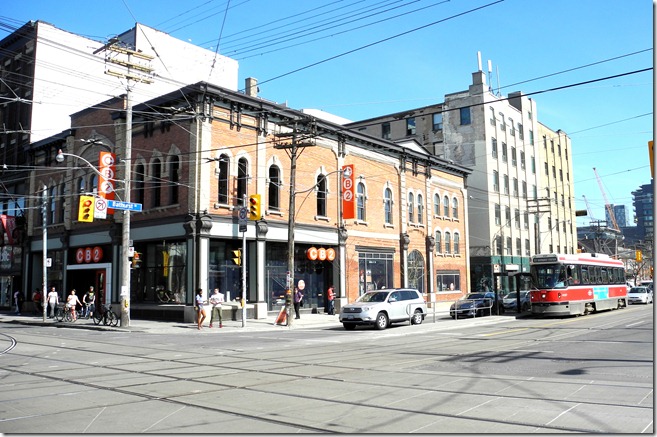

![s0071_it11082[1] s0071_it11082[1]](https://tayloronhistory.com/wp-content/uploads/2013/05/s0071_it110821_thumb.jpg)
![P1020110[1] P1020110[1]](https://tayloronhistory.com/wp-content/uploads/2013/05/p10201101_thumb.jpg)
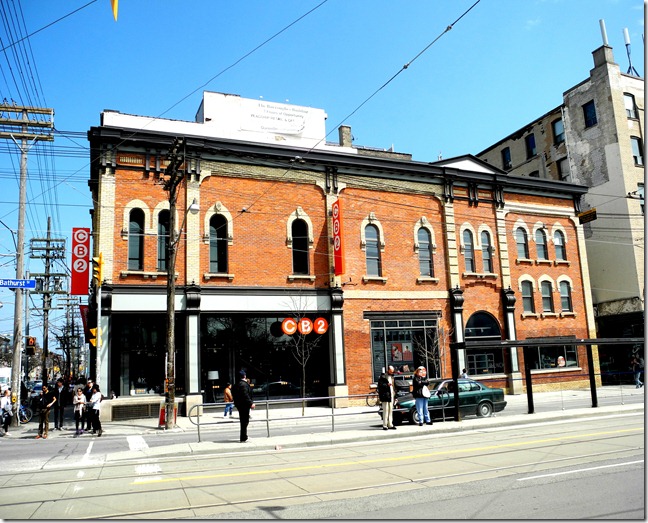
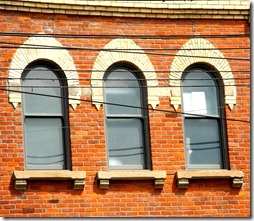
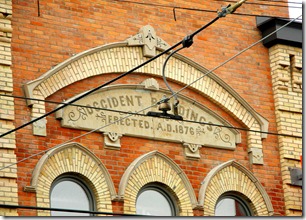
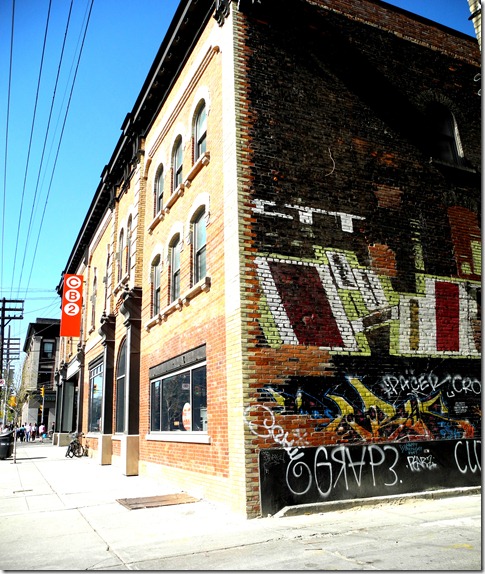
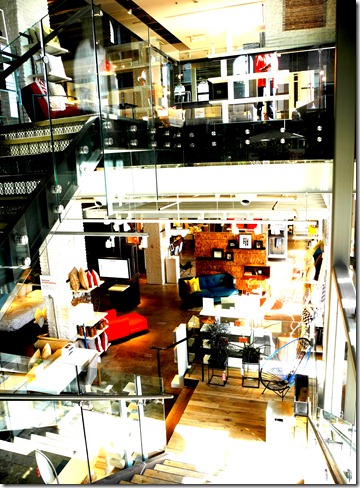
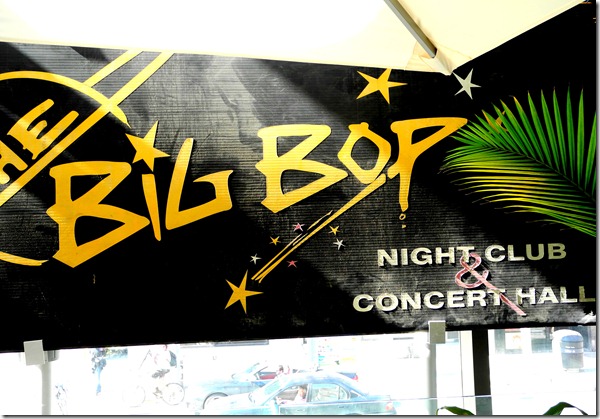
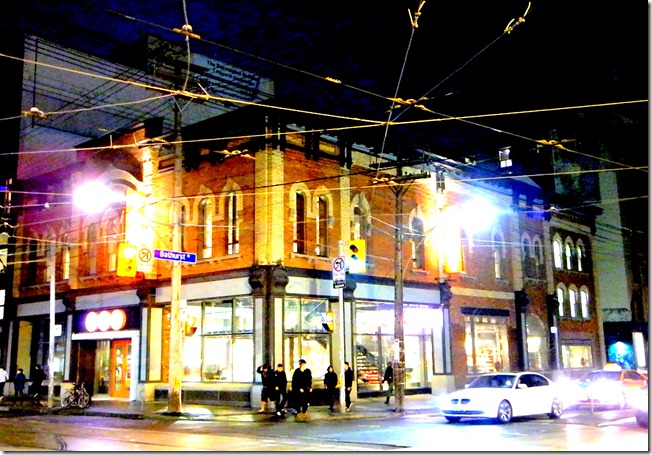
3 thoughts on “Toronto’s architectural gems- building at Queen and Bathurst”